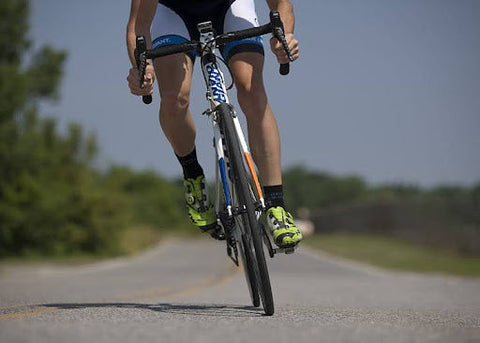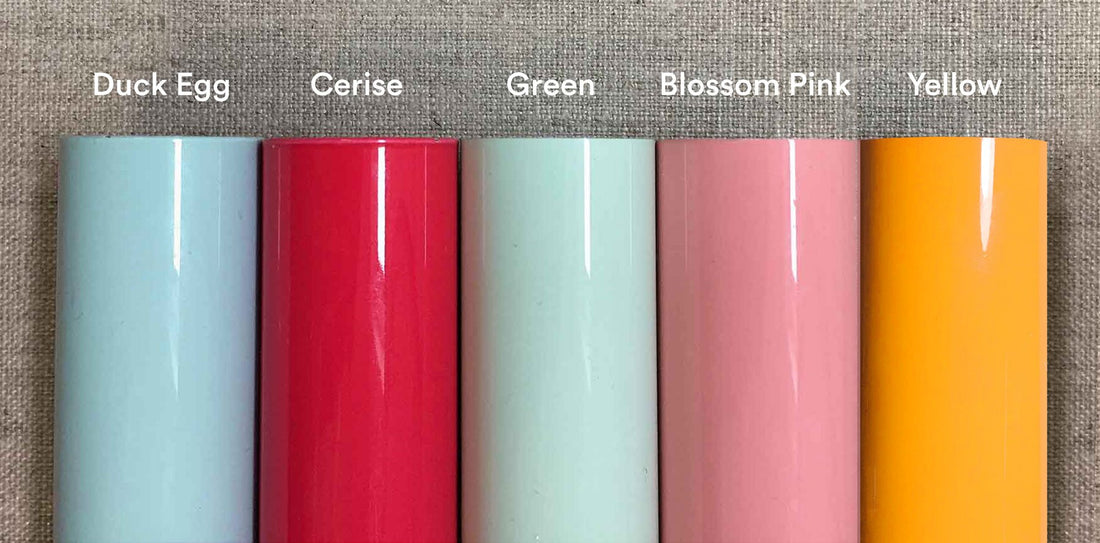Cycling in a Heatwave - How to Stay Safe in the Heat
Cycling in a heatwave? Intense heat and sweating will catch up, but also prepare for high humidity. It can make the experience feel worse, and your body has to work harder to keep up. Ride smarter, especially when riding with the kids. Let’s break it down.
Is it Safe to Cycle During a Heatwave?
Going for a bike ride in high temperatures can be safe, if you’re smart about it. Cycling during a heatwave isn't automatically dangerous, but it does come with higher risks. The key lies in how you prepare, what conditions you're riding in, and how your body handles heat.
It can be safe to ride if:
-
There is a breeze alongside the heat, to help cool you off slightly.
-
You’ve planned for breaks and can monitor how you feel throughout.
-
You’re hydrated, well-rested and dressed appropriately.
-
You ride before 10am or after 6pm, when the temperature and humidity are usually lower. Riding during these times might help your body manage the heat better.
Between 12 and 4 pm is usually the worst time. That’s when the sun, heat, and humidity tend to peak. Even a short ride can feel like a slog. Setting off on a kids' bike ride might also not be the best idea during that window.
Planning a longer ride, from morning into the early to late afternoon? Build in short breaks and pace yourself.
Here’s Why Heat Feels Worse When It’s Humid
When it’s humid, not enough sweat can evaporate from the skin’s surface, so your body can’t cool down. It might feel bearable at first, but your core temperature can rise fast, not to mention the sticky sweat. Longer rides could turn into a rougher ride than usual.
Checking the temperature alone isn’t enough—look at the heat index, too. It factors in humidity and gives you a more accurate picture. As a rule, if the humidity is over 60%, ease off.
Dress for Heat
Go for light-coloured, breathable clothing. Lighter shades reflect more heat. Paired with breathable fabric, they allow air to move through and sweat to dry faster.
Avoid cotton. It holds onto sweat and dries slowly, which makes it feel heavier and more uncomfortable as you ride. Moisture-wicking fabric is a better choice. It pulls sweat away from your skin and helps it evaporate more easily.
Kids should be dressed in lightweight clothing with built-in sun protection. Long sleeves and fabrics with a UPF rating are ideal.
Tip: Use a broad-spectrum sunscreen (SPF 30+ or higher), and reapply every two hours. Wear a cycling cap under the helmet and UV sleeves for extra sun protection. This applies to both adult and kid riders.
Hydration: Before, During, After
Thirst isn’t a good guide when it’s hot and humid. By the time you feel it, you might already be low on fluids.
Water works for most short adult bike rides, but if you’re out longer or sweating loads, you must also replace salts. Electrolytes help and keep your energy up when plain water isn’t cutting it.
Also, keep in mind that kids dehydrate faster and might not stop to drink. Set reminders to sip every 10–15 minutes. Keep your bottle easy to reach, and start the ride already hydrated.
When to Postpone the Ride
Skip it once the heat index hits 40°C. It’s not worth the risk, especially for kids, older riders, or if you’re not used to the heat. Don’t worry, you’re not missing out.
Even below that, pay attention to how you feel before you set off. If you’re already feeling off, like tired, lightheaded, or not quite right, it’s a good reason to pass on the ride. The heat will only make things more complicated.
Indoor training or taking the day off are better than overdoing it and burning out. The weather will shift. Your health won’t bounce back as quickly.
Round-up
Cycling in a heatwave needs more thought. Before heading out, check the heat index, dress for the weather, and stay hydrated. Plan your route, know when to ease off, and adjust based on how you feel, not just what the forecast says. Keep an eye on the kids, too. Stay safe!
Read this guide next for more tips: Tips for Cycling on a Hot and Sunny Day








